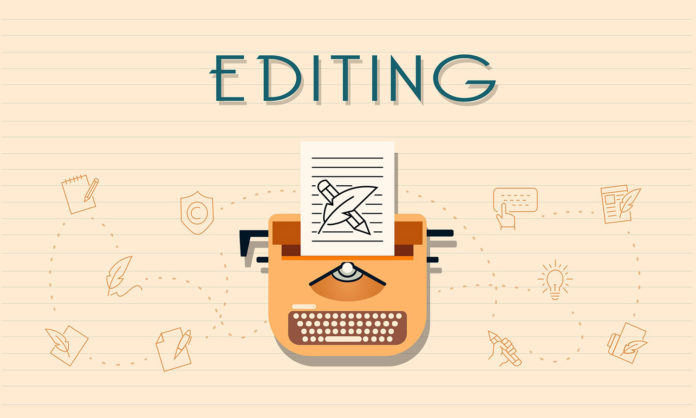
In a post on DIY MFA, Jeanette Smith discusses when you should start editing your work. “Is it okay to edit before we’re done with the full draft?” she asks. “When should editing start?”
There are multiple levels of editing, each of which is appropriate at different stages of the writing process, including developmental, line, and copy editing, all of which are different from proofreading. “Every piece of writing—be it a blog, short story, or novel—should go through all three of these stages,” Smith says.
Before developmental editing, you should have a finished draft and time to take a break from it. “Take this time to forget your plot so you can come at it with fresh eyes,” Smith suggests. “During developmental editing, you will be rereading and making changes.” Read your manuscript and make notes on what you want to change. Once you’ve completed a full read-through, it’s time to start rewriting.
You might need more than one developmental edit, but once you are done with that phase, it’s time for line editing. “Now that you know your plot is solid, you can go through and start looking at the words and sentence constructions you’ve been using and turn them into the words you really wanted to write, the ones true to your character and your author voice,” Smith writes. A line edit is also a good place to look for continuity problems. If you’ve rearranged scenes or deleted characters, you want to make sure your references are up to date throughout your novel.
Finally, you want to copy edit, which involves grammar and punctuation checks. This step should come last, because you don’t want to waste time copy editing a scene or chapter you end up cutting in the developmental stage. Finally-finally, you or someone you trust should proofread for spelling and formatting mistakes.











